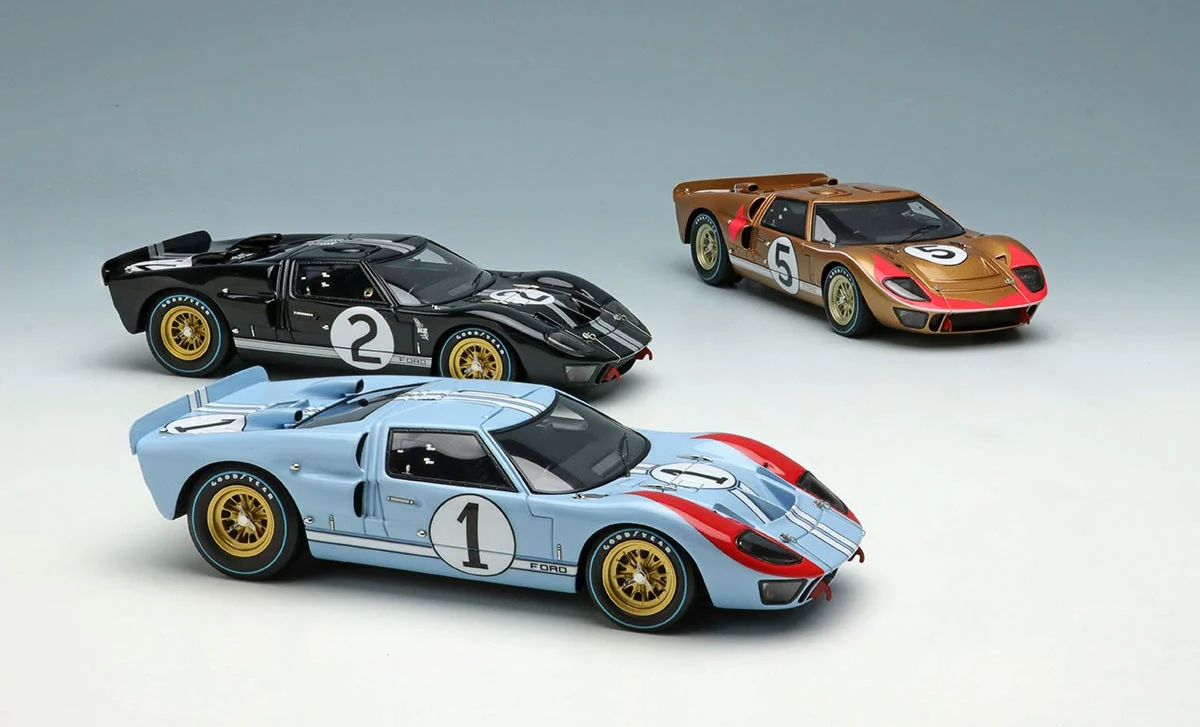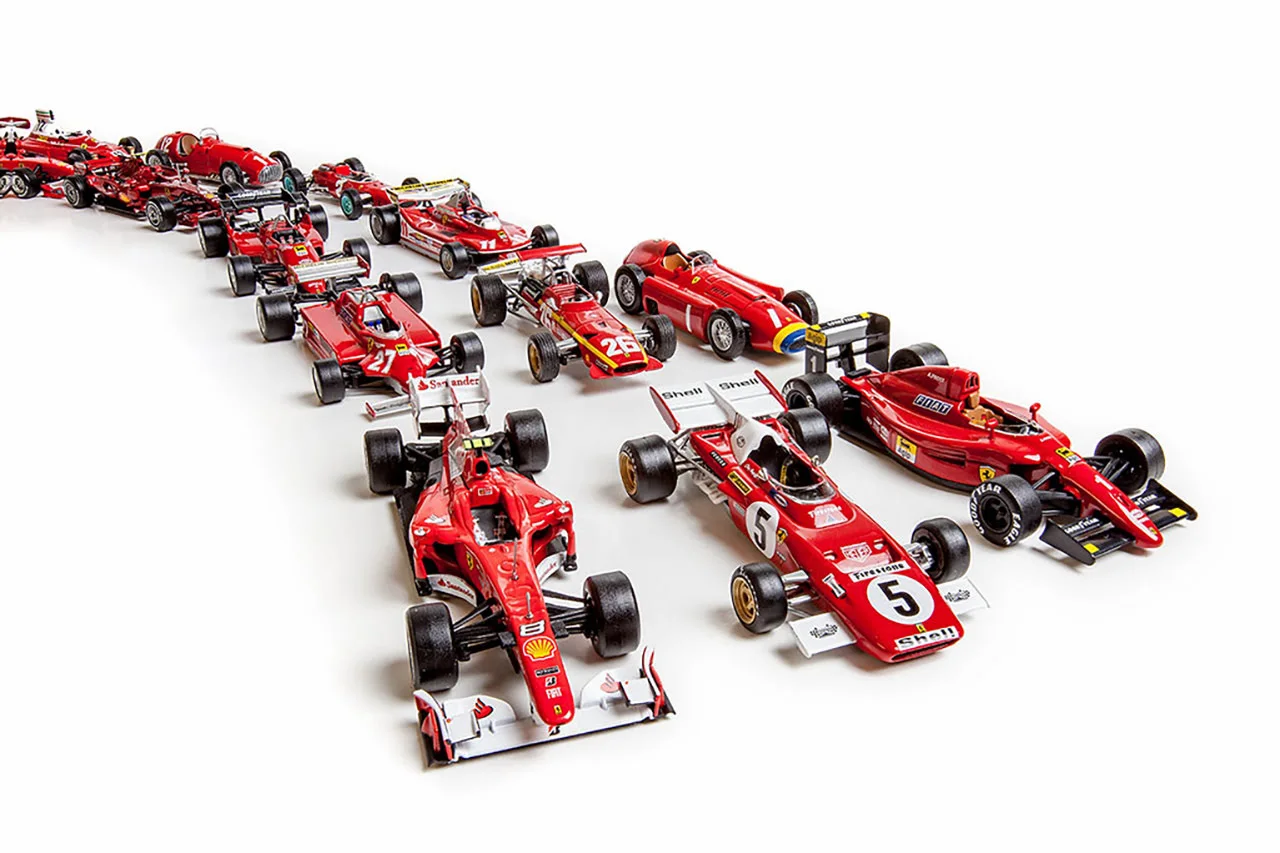A Christmas idea? The greatest 24 Hours of Le Mans winners
13 December 2023 3 min read 8 images

Photo credit: Amalgam, Bonhams, CMR, Spark
Returning to Christmas gifts that will delight racing fans of all ages, we’re spotlighting iconic Sports Prototype cars. We’ve handpicked the most memorable winners from the history of the 24 Hours of Le Mans, the ultimate endurance race. Stay tuned for next week’s Roarington picks, focusing on those who are passionate about great road car design.
Register to unlock this article
Signing up is free and gives you access to hundreds of articles and additional benefits. See what’s included in your free membership. See what's included in your free membership.
Already have an account? Log In


